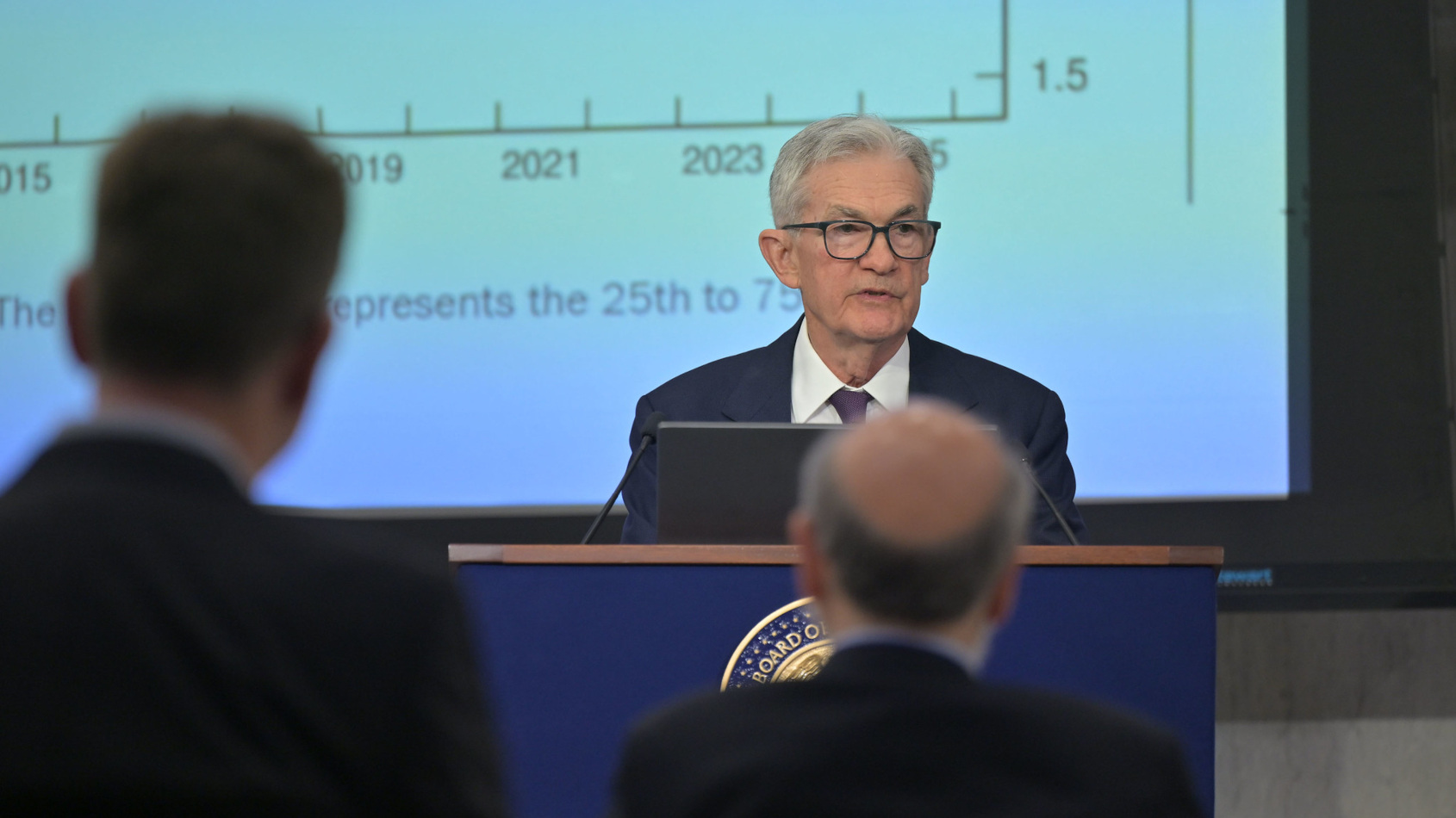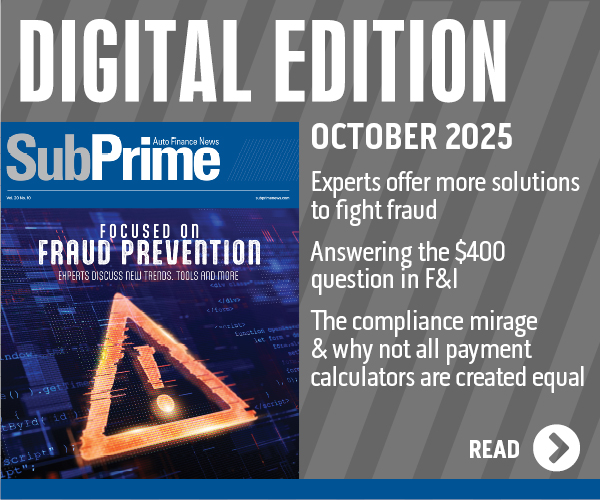Fed chair explains how ‘consensus statement’ guides policymakers, especially during changing economic times

Federal Reserve chair Jerome Powell delivered opening remarks at the Thomas Laubach Research Conference on May 15 in Washington, D.C. Image courtesy of the Fed.
By subscribing, you agree to receive communications from Auto Remarketing and our partners in accordance with our Privacy Policy. We may share your information with select partners and sponsors who may contact you about their products and services. You may unsubscribe at any time.
While acknowledging “the economic environment has changed significantly since 2020,” Federal Reserve chair Jerome Powell reiterated how policymakers approach their work associated with interest rates and other matters while being guided by what’s known as “the consensus statement.”
Finalized in 2012, Powell explained last week that the Federal Open Market Committee (FOMC) first codified its monetary policy framework through a document officially entitled the Statement on Longer-Run Goals and Monetary Policy Strategy.
“The language in the opening paragraph, which has never changed, articulates our commitment to fulfilling our congressional mandate and to explaining clearly what we are doing and why,” Powell said in his opening remarks during the Thomas Laubach Research Conference hosted by the Federal Reserve Board in Washington, D.C.
“That clarity reduces uncertainty, improves the effectiveness of our policy, and enhances transparency and accountability,” he continued.
Powell then discussed what’s happened with the economy and interest during the past five years, which, of course, included the pandemic.
“Longer-term interest rates are a good deal higher now, driven largely by real rates given the stability of longer-term inflation expectations. Many estimates of the longer-run level of the policy rate have risen,” Powell told conference attendees.
Subscribe to Auto Remarketing to stay informed and stay ahead.
By subscribing, you agree to receive communications from Auto Remarketing and our partners in accordance with our Privacy Policy. We may share your information with select partners and sponsors who may contact you about their products and services. You may unsubscribe at any time.
“Higher real rates may also reflect the possibility that inflation could be more volatile going forward than in the inter-crisis period of the 2010s,” he continued. “We may be entering a period of more frequent, and potentially more persistent, supply shocks — a difficult challenge for the economy and for central banks.
“While our policy rate is currently well above the lower bound, in recent decades we have cut the rate by about 500 basis points when the economy is in recession,” Powell went on to say. “Although getting stuck at the lower bound is no longer the base case, it is only prudent that the framework continue to address that risk.”
Powell closed by explaining the insight gathered since the pandemic now is shaping what policymakers are doing now amid impact from tariffs and other economic headwinds.
“We plan to complete consideration of specific changes to the consensus statement in coming months. We are paying particular attention to the 2020 changes as we consider discrete but important updates reflecting what we have learned about the economy, and the way those changes were interpreted by the public,” Powell said at the conference.
“In our discussions so far, participants have indicated that they thought it would be appropriate to reconsider the language around shortfalls. And at our meeting (two weeks ago), we had a similar take on average inflation targeting. We will ensure that our new consensus statement is robust to a wide range of economic environments and developments,” he continued.
“In addition to revising the consensus statement, we will also consider potential enhancements to our formal policy communications, particularly regarding the role of forecasts and uncertainty,” Powell went on to say. “As we have been reviewing assessments of the 2020 framework and of policy decisions in recent years, a common observation is the need for clear communications as complex events unfold. While academics and market participants generally have viewed the FOMC’s communications as effective, there is always room for improvement.
“Indeed, clear communication is an issue even in relatively placid times,” he added. “A critical question is how to foster a broader understanding of the uncertainty that the economy generally faces. In periods with larger, more frequent, or more disparate shocks, effective communication requires that we convey the uncertainty that surrounds our understanding of the economy and the outlook. We will examine ways to improve along that dimension as we move forward.”


